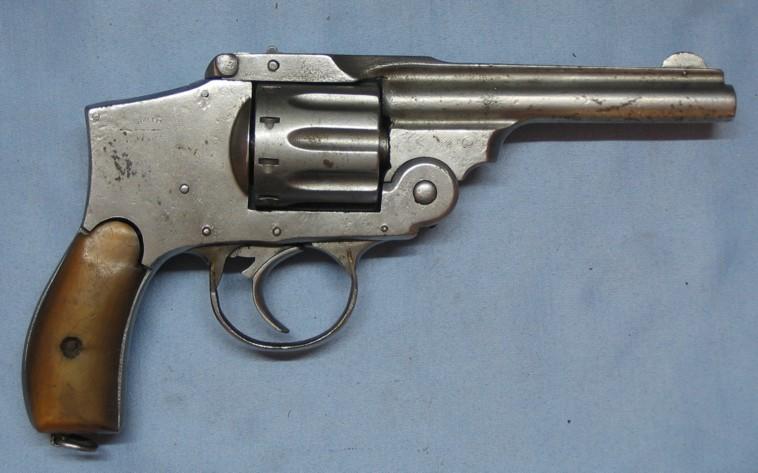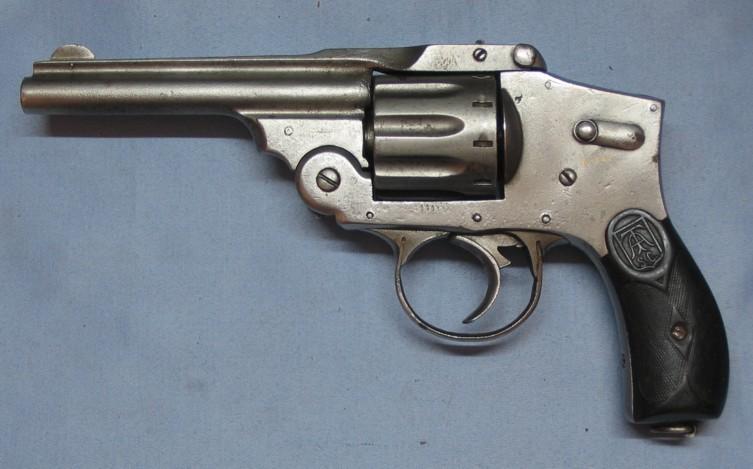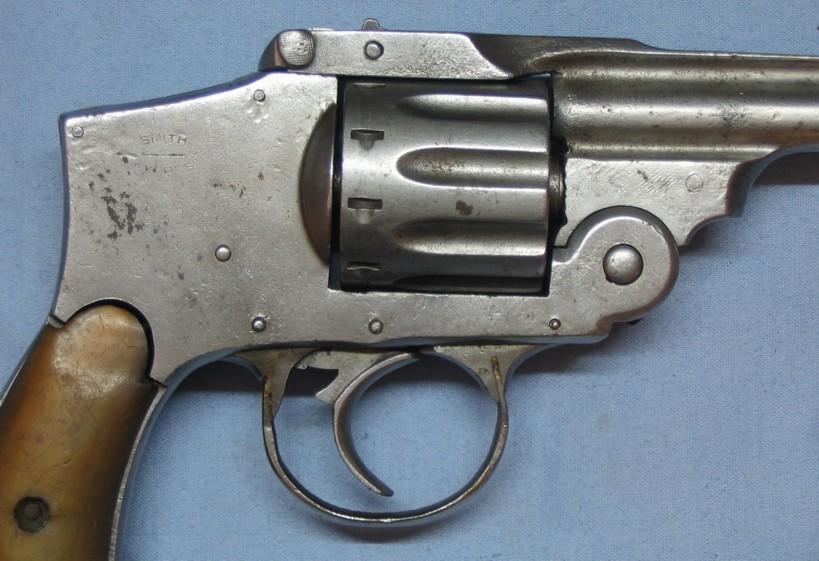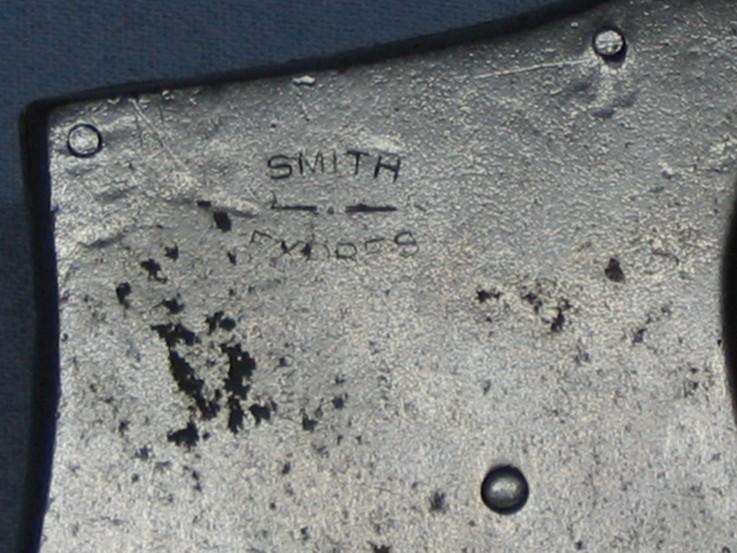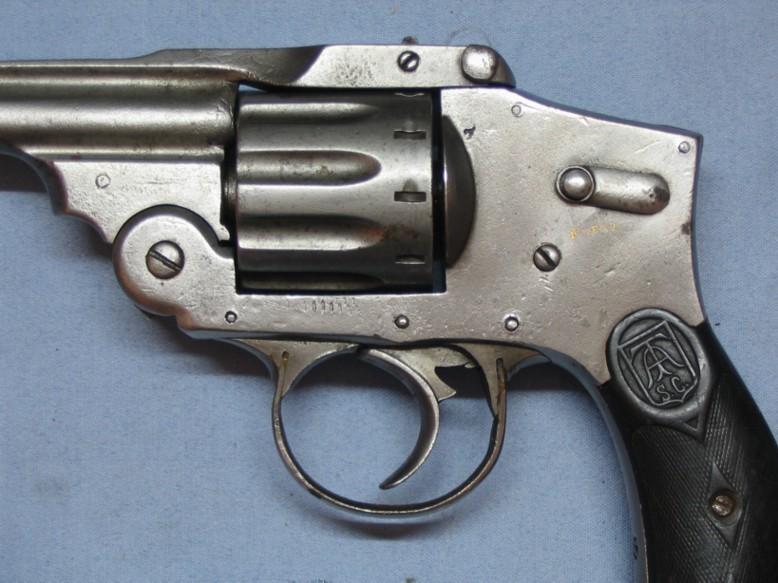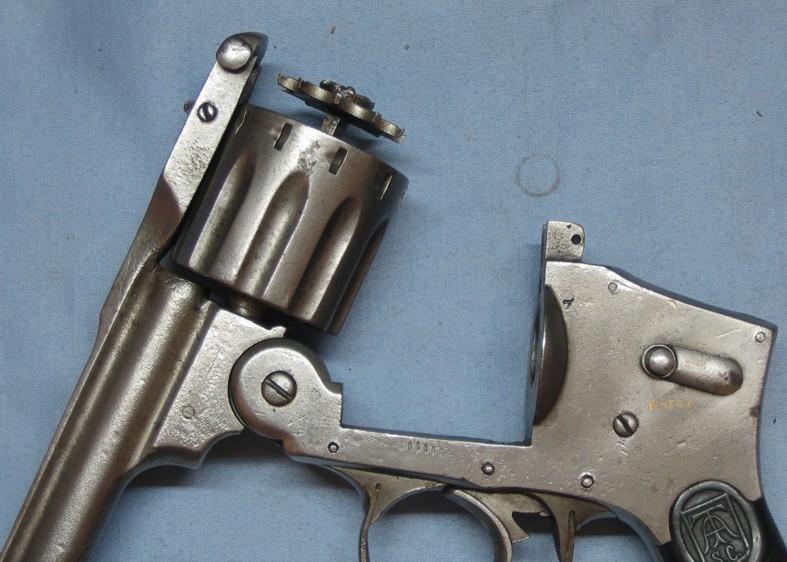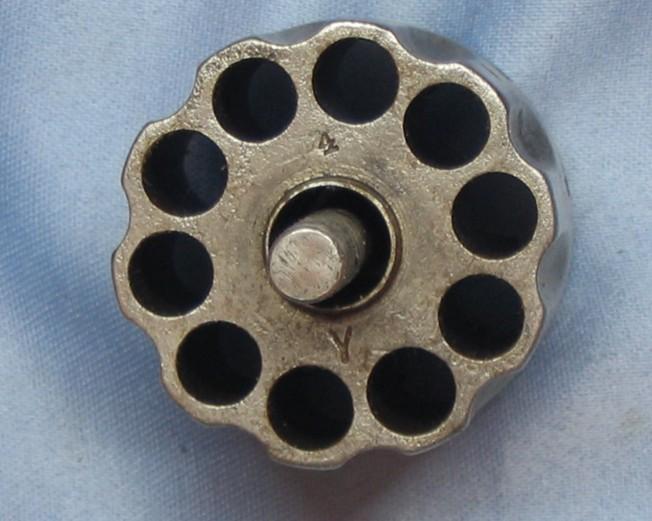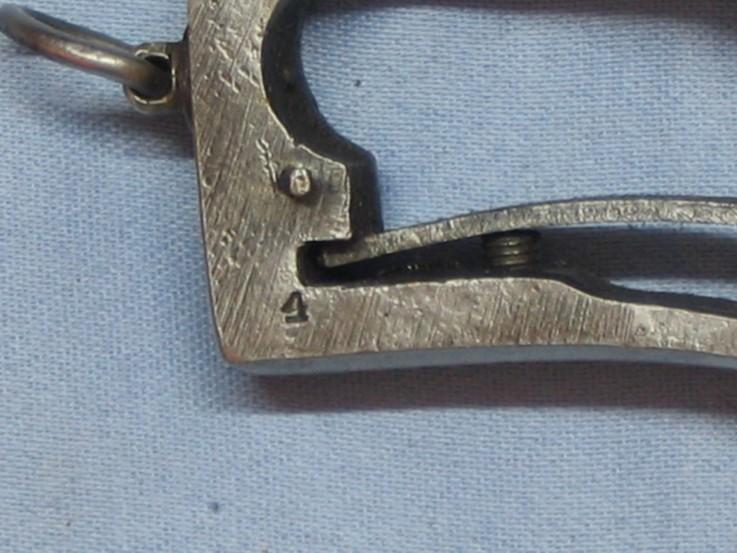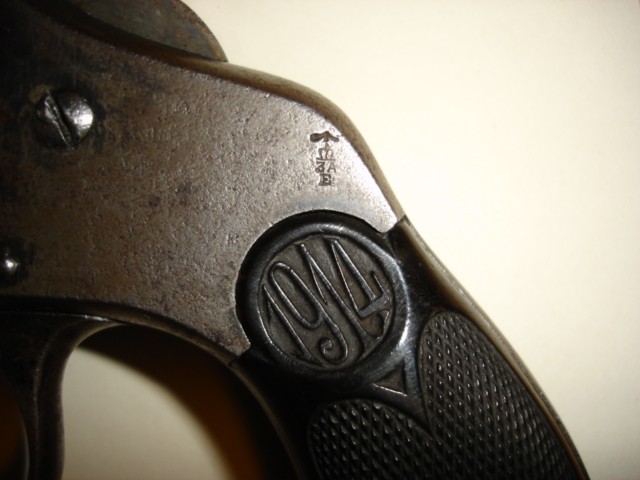
Trocaola Aranzabal Y Cia
That could be “commercial” or military weapon, but I
think that it is about the one of the revolvers sold of the
It carries the British marks of
It is
commercial. It does not carry the “Broad Arrow”.
It should be known that only the first sending of
these weapons were accepted and marked militarily. Declared obsolete very
quickly. Others stored, then for the majority resold at the civil market, or
returned to the factory which was given the responsibility to go up them and to
resell them in
No the
doubt, it is a civil revolver which forever considering the trenches.
From
there with saying that an officer sold ..... would be well to venture.
I
associate you photographs with the marks of a military revolver.
“Broad
Arrow” is very visible.
Another
thing, it is of “Old Pattern”, that means that they are with blasting powder, in
.455 british, BUT NOTHING SEE WITH the .45 SCHOFIELD!!!!
Especially not have fun to try to shoot with this calibre!!
Idem for
the .44 Russian.
This
model of revolver is former to 1900 obviously, but this weapon in particular
must go back to 1915 or 1016.
The
history of Tettoni is that the British, who lacked weapons, signed contract with
Orbea Hermanos, for this kind of revolver, into .455. However they arrived in
.44 Spanish or .44 Russian.
They
re-confined them for the .455. The contract belonged to Orbea Hermanos (O H),
but they have subcontracted with Trocaola, Aranzabal y CIA, (TAC) and with
Garate, Anitua y CIA (GAC). It is for that that these logos appear. And yet,
very few of these revolvers and even can be none do not carry logo OH of Orbea….
Very quickly English declared these weapons obsolete
and preserved those of the first arrivals, already marked with “Broad Arrow”.
The following ones were stored or even returned to
Those
returned, a good batch was immediately resold with an Italian company, Tettoni
of Brescia, and re-gauged with 10,36 mm. These weapons carry left side TETTONI
BRESCIA.
Roberto (Spain)

Marque sur un revolver militaire
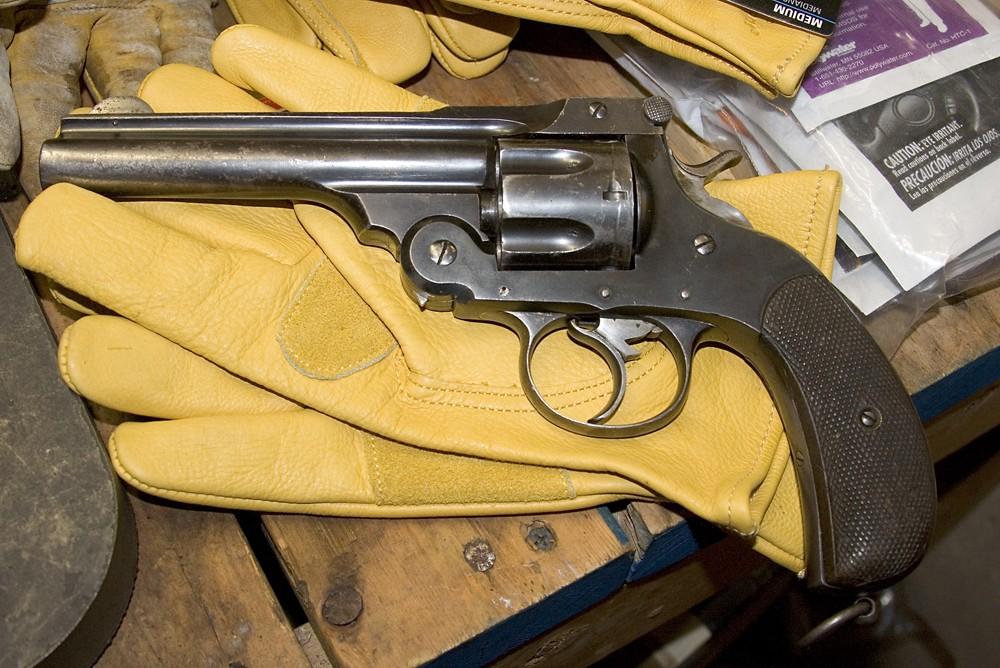
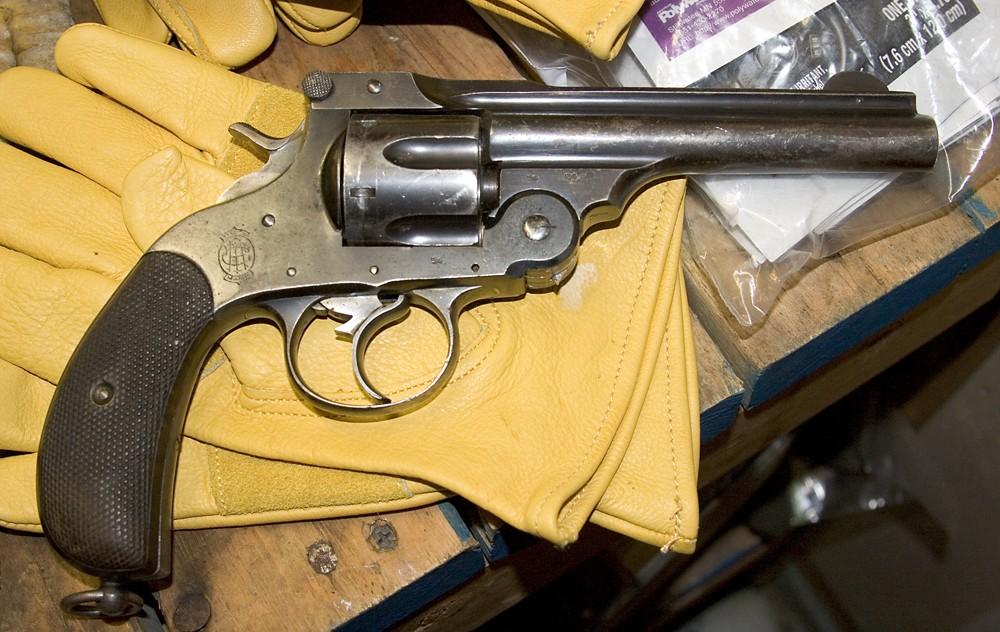
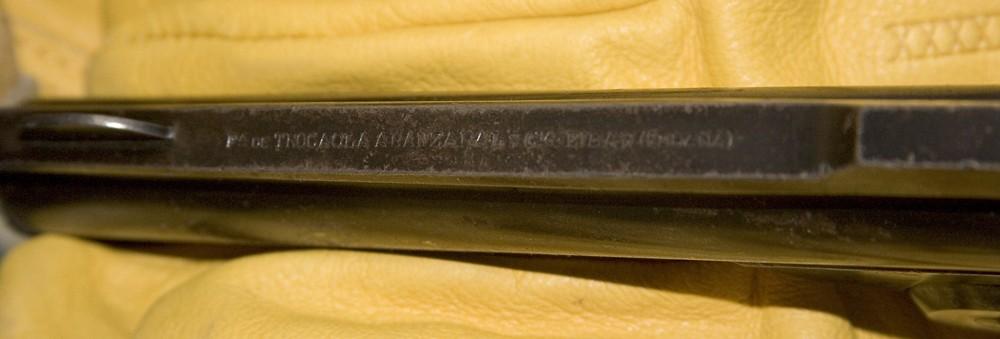
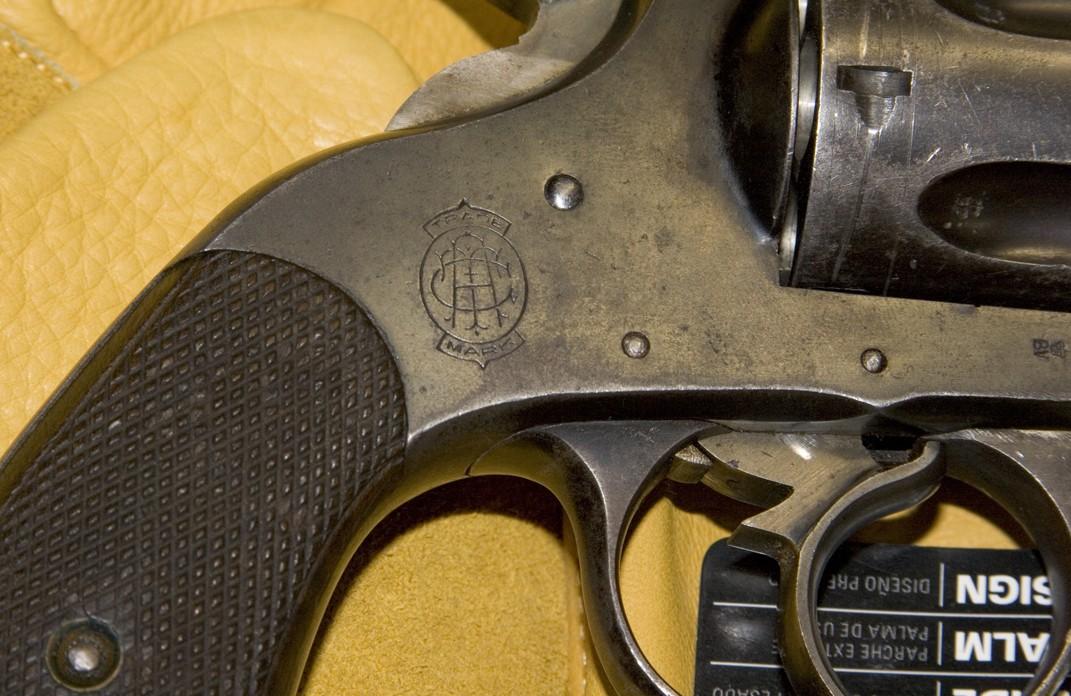
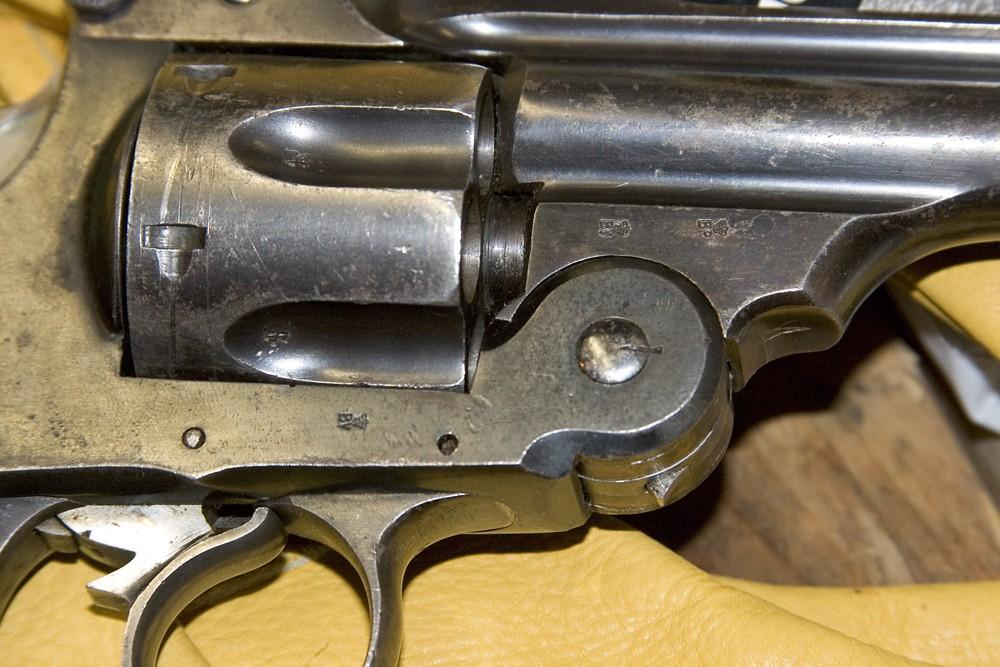
Trocaola Aranzabal Y Cia
This
revolver is a Spanish made copy of the Smith & Wesson Hand Ejector 2nd Model of
1902-1903.
It was
manufactured by Trocaola Hermanos of Eibar (Spain), but other Eibar gunmakers
such as Arizmendi or Orbea Hermanos also manufactured these copies, along with
copies of the Colt Military & Police Model of 1887.
These
revolvers are true copies of the originals, and are of about the same quality.
During WW
1 - around 1915-1916 - the French and Commonwealth armies, that suffered a
shortage of handguns due to the fact that their factories could not meet the
huge demands, asked neutral Spain to supply those copies.
Since the
French army used the St-Etienne 1892 Service Revolver, which chambered the 8 mm
"Lebel" cartridge, they ordered the revolvers to be made in that caliber. The
British govt, however, could use the standard .38 caliber as well as the .455.
You
should measure the caliber in the barrel (diameter between 2 grooves). If the
measure is 8 mm, it was made around 1916-1917 for the French army. If it is 9 mm
however, it was made for everyone who wanted to purchase it, except the British
govt. We know that, because according to the British law, all non-British made
firearms had to be re-proofed in London or Birmingham and marked accordingly
upon arrival.
Standard
calibers for this model are S&W .32-20 and S&W .38.
The
"French versions" in the 8 mm Lebel caliber were produced during WW 1 only.
Marcel
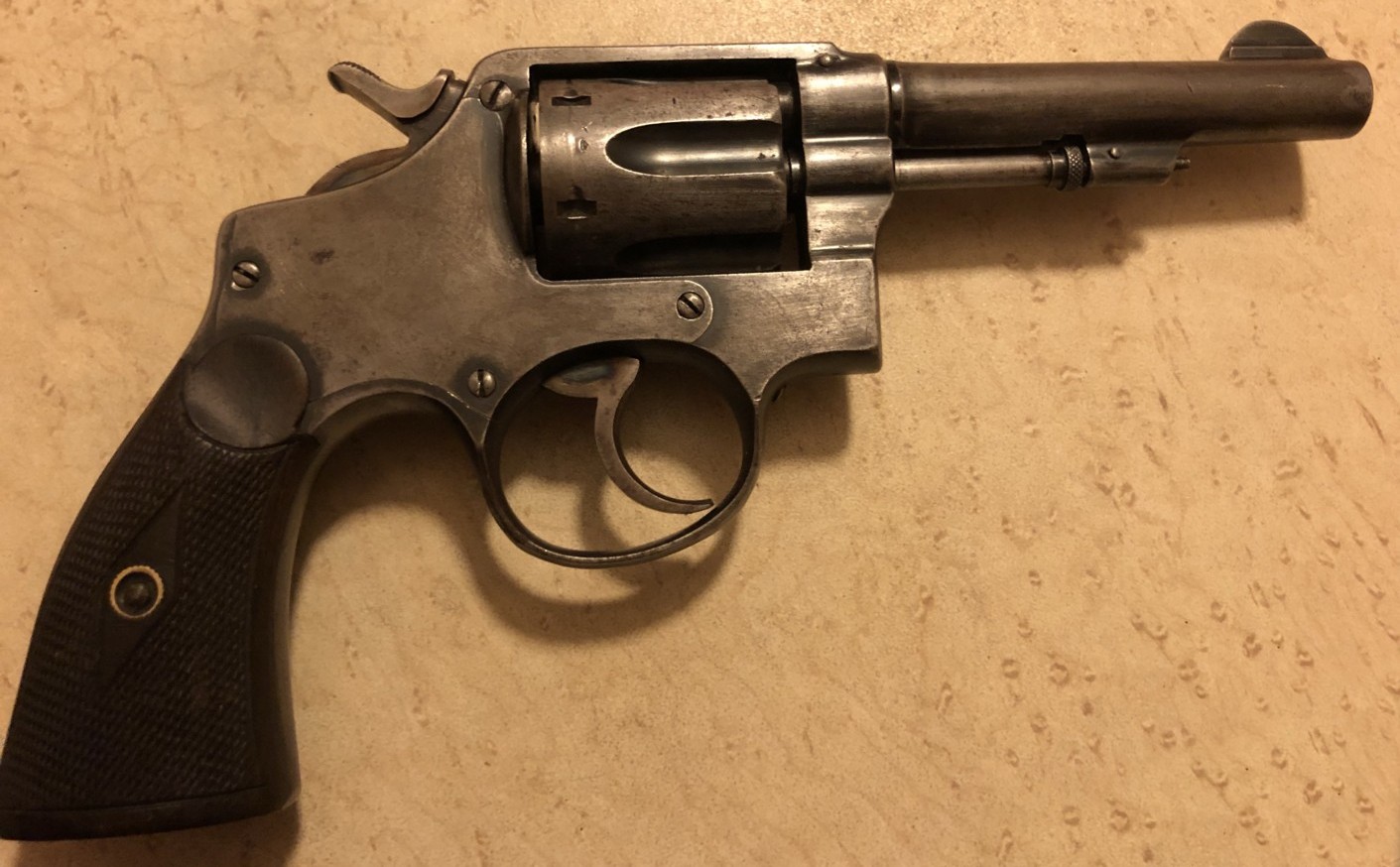
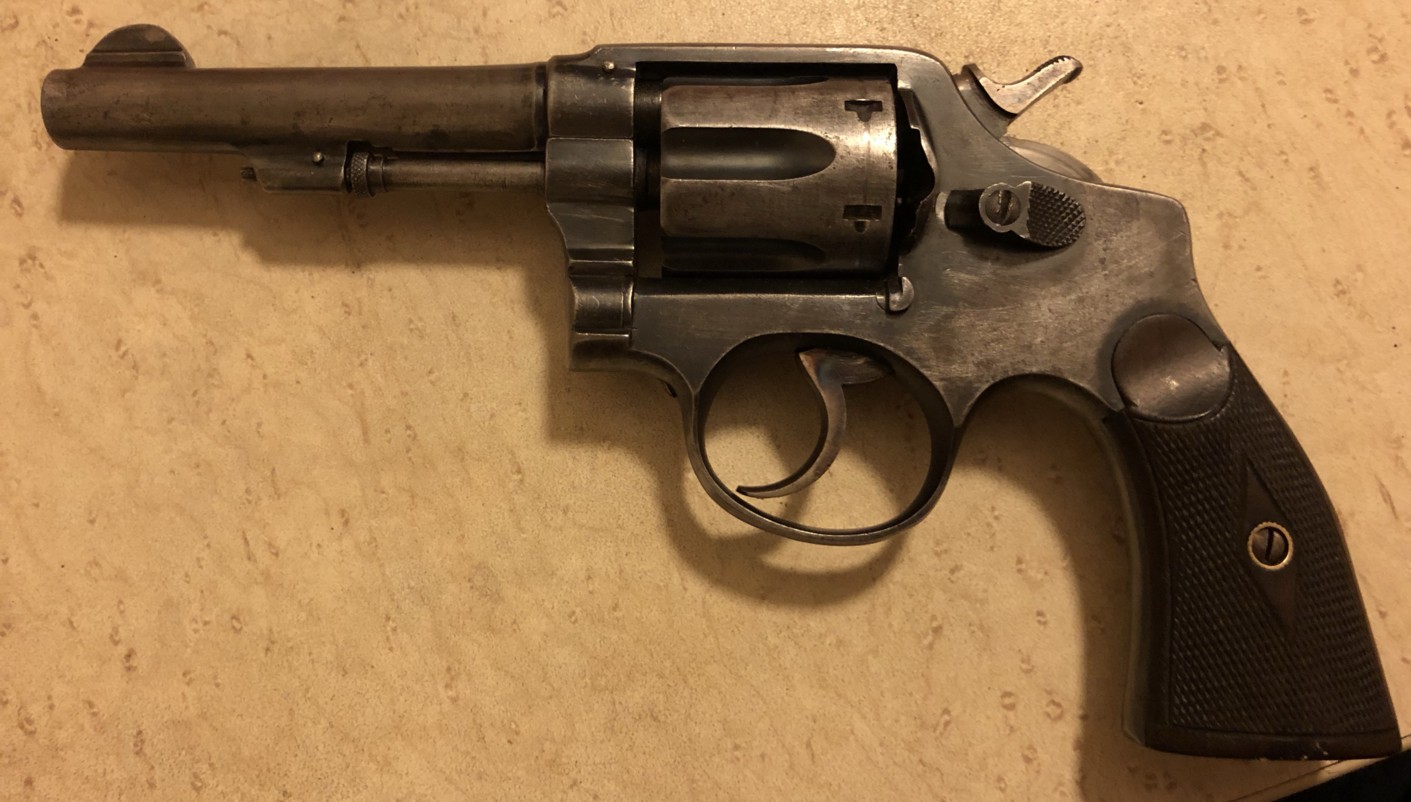
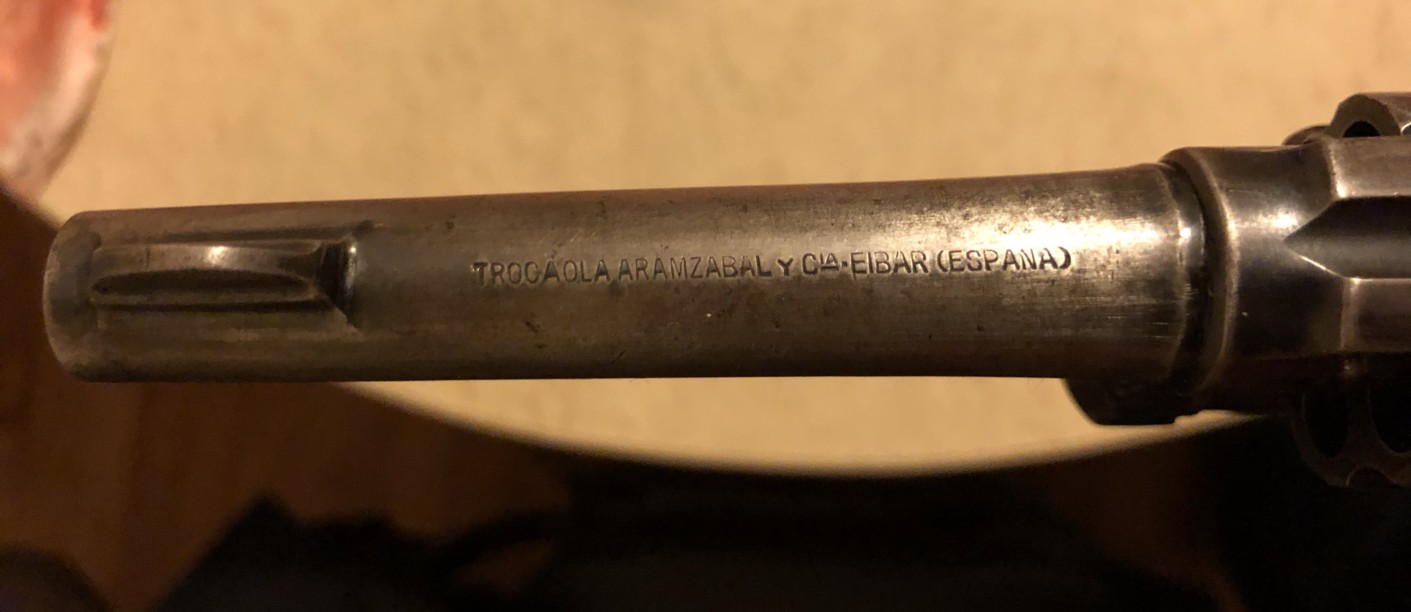
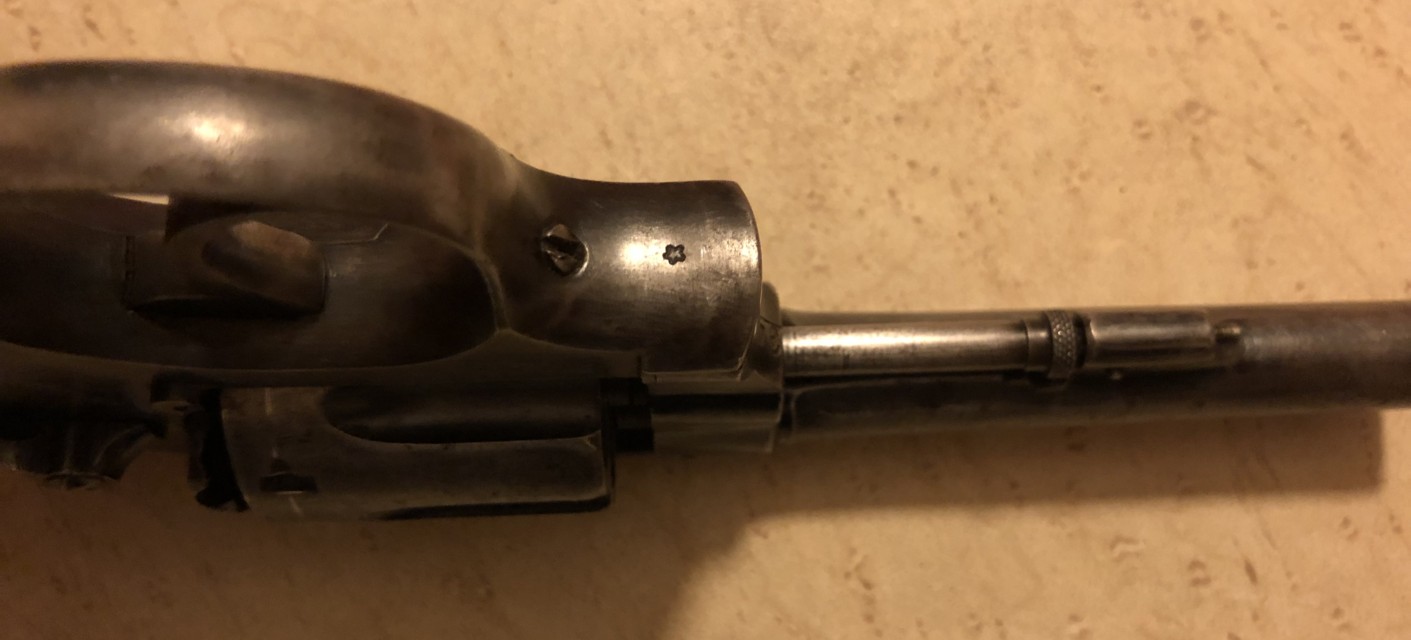
Trocaola Aranzabal Y Cia
On this particular gun, the cylinder latch is of a different design as the original, but other copies are so close to the originals that some parts are interchangeable.
Various Spanish makers made close copies of American swing-out cylinder revolvers. T.A.C., Cordoba, Crucelegui and others also made close copies of the S&W Top break New Model, Colt New Model Army & Navy and Colt Police Positive.
During WW1 both France and the UK ran short of handguns since the home manufacturers could not fill the demands. The British ordered Colt New Service revolvers in the .455 caliber, but Colt could only deliver 107.000 of them by 1917.
France needed a revolver that could chamber the 8 mm Lebel cartridge used in their St-Etienne 1892 Regular Service model.
Since the Spanish copies were of good quality and could easily be produced in the calibres used by both nations, France and England ordered huge quantities of them. The French chose Colt and S&W copies, both chambered for the 8 mm Lebel cartridge, while the British mostly preferred copies of the S&W Top break, which was easy to convert from the original .45 calibre onto the British .455.
Those Spanish guns saw heavy service during WW1 and proved of very good quality. Since they were chambered for the same cartridge as their regular St-Etienne 1892 model, the French gave them later the nickname "Spanish 92's".
Yours is not a war production, since it is chambered for the original .32 Long S&W cartridge.
I assume it was produced short after the war, but I can't tell for sure. It could also have been produced short before.
No matter what anyone would say, those Spanish copies proved to be of a quality comparable to the originals. Many WW1 soldiers thank their life to them. However, for some unknown reason, Spanish guns in general are not very popular in Europe, and are quite unknown in the USA.
During the 19th century and to this day, Spanish arms production has been concentrated around the city of Eibar (north of Spain) and in the area of the French-Spanish border (Hendaye). The Spanish were, just as the Liège makers, very skilled in copying existing popular models.
Marcel
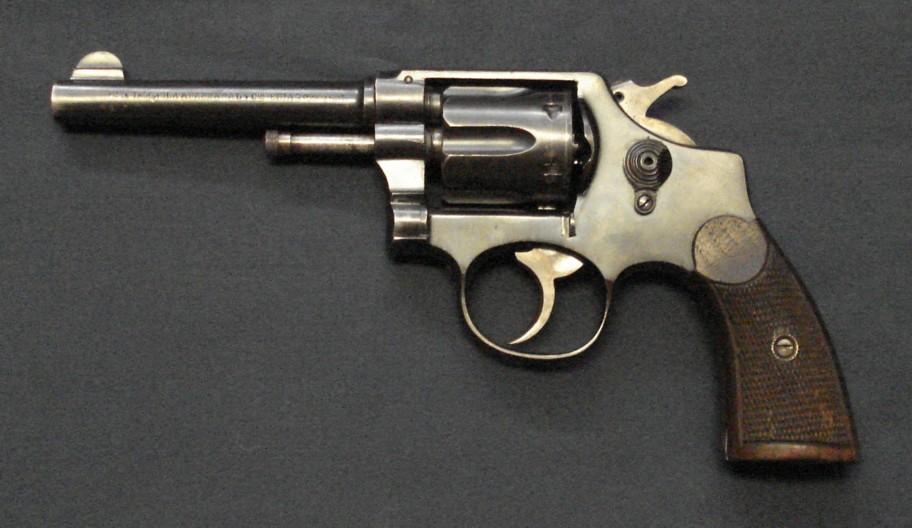
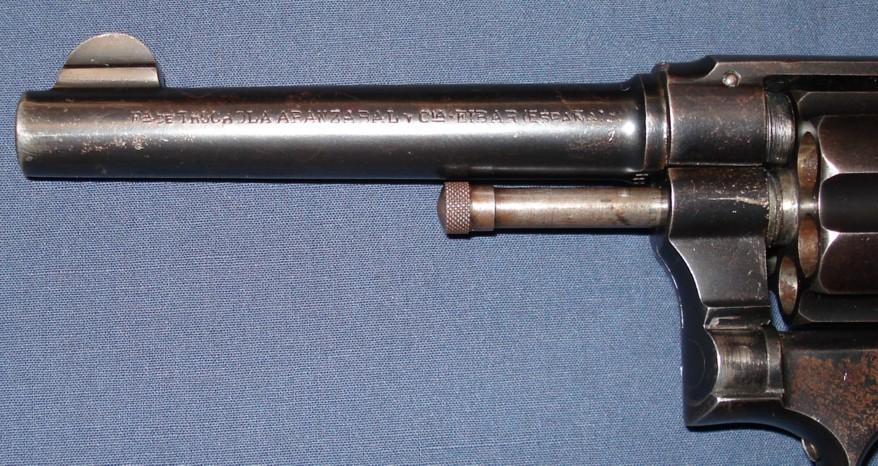
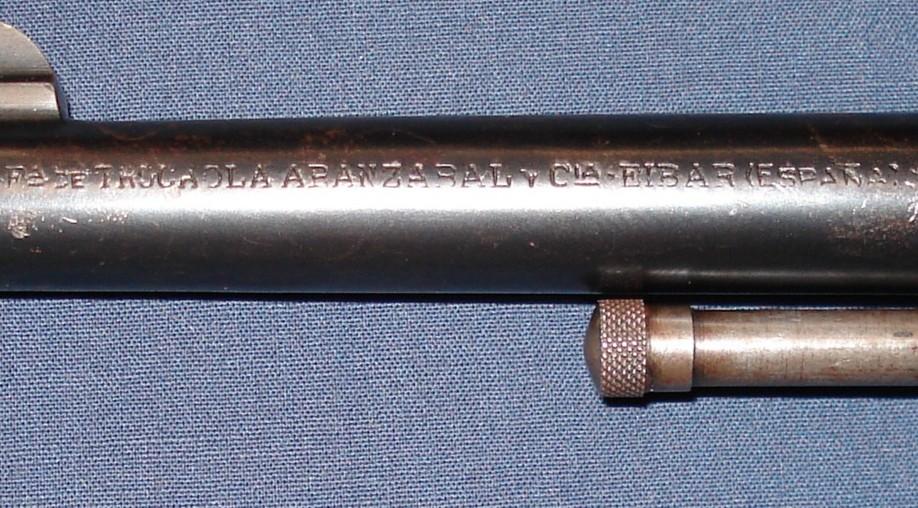
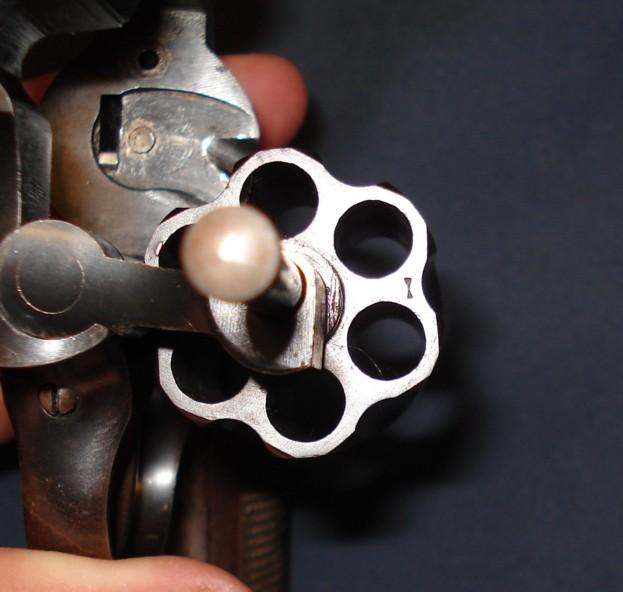
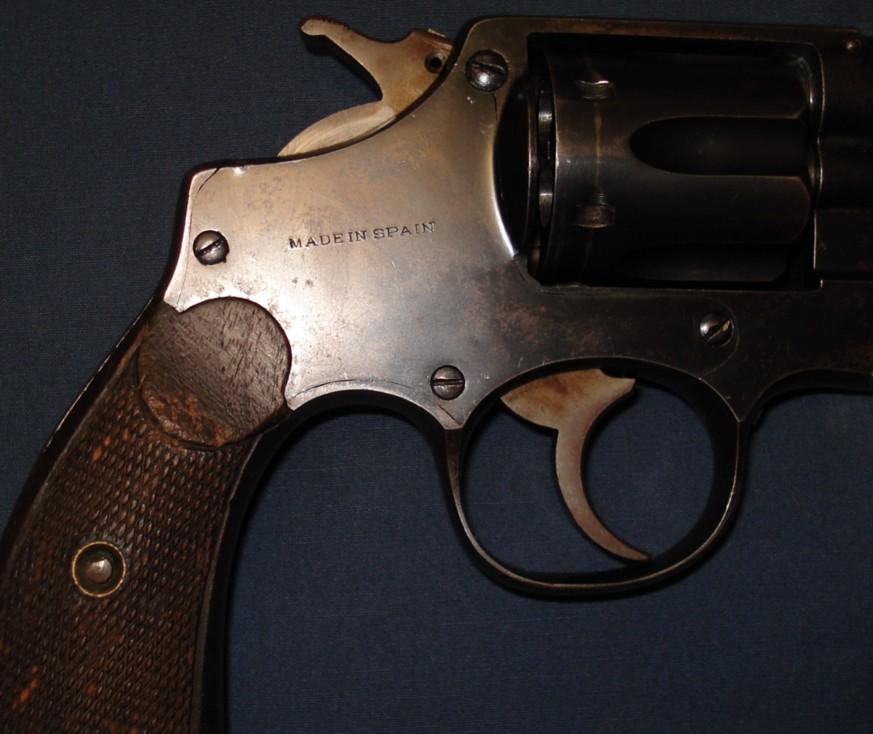
Trocaola Aranzabal Y Cia
Velo Mith , Velomith, Velo Smith were weapons made in Spain, Eibar, by several arms manufacturers: Garate Ermanos, Ojanguren y Marcados (OM), Retolada Hermanos.
S.C. means “sociedad en comandita”.
This one is a “Top break”, calibre 6mm with central percussion, eight shots.
Many thanks to “ANTLERMOUNT” for the photographs
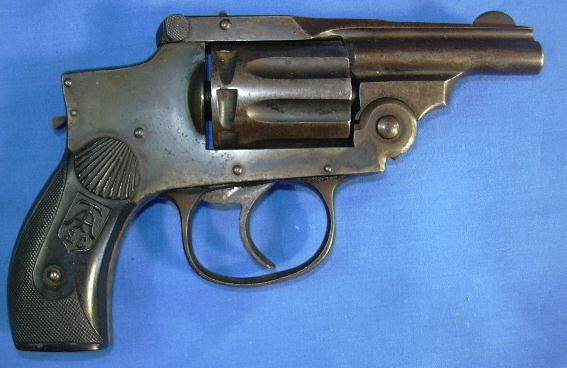
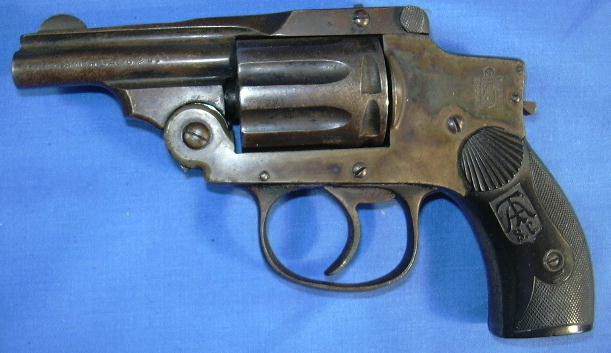
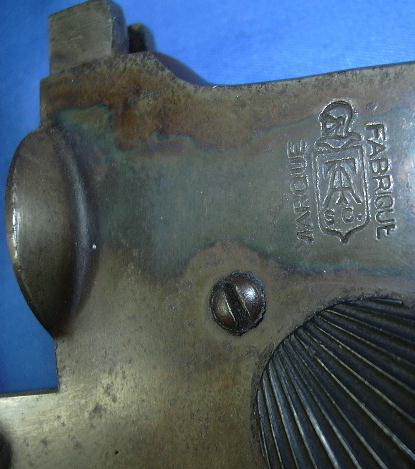
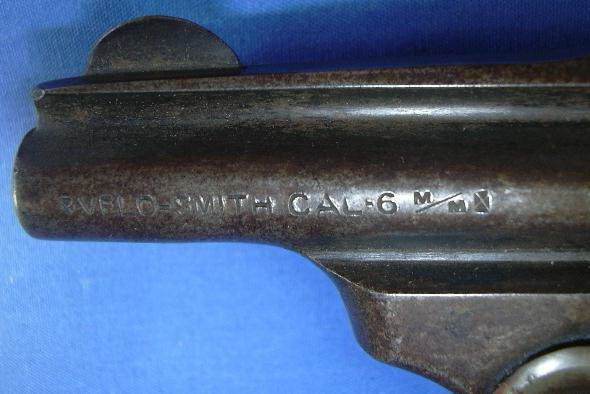
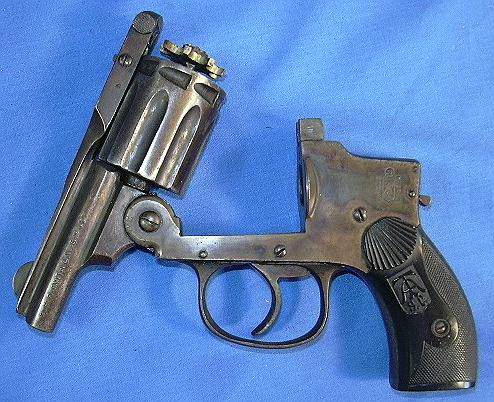
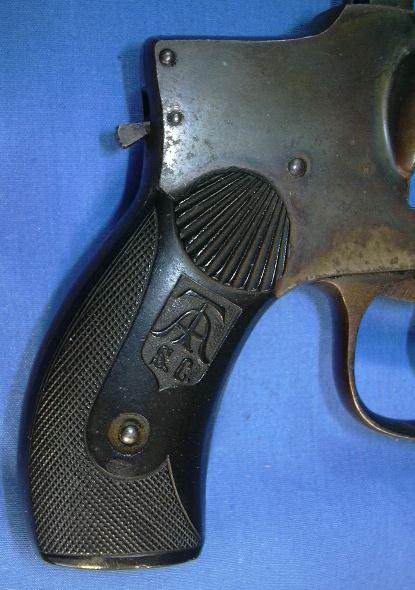
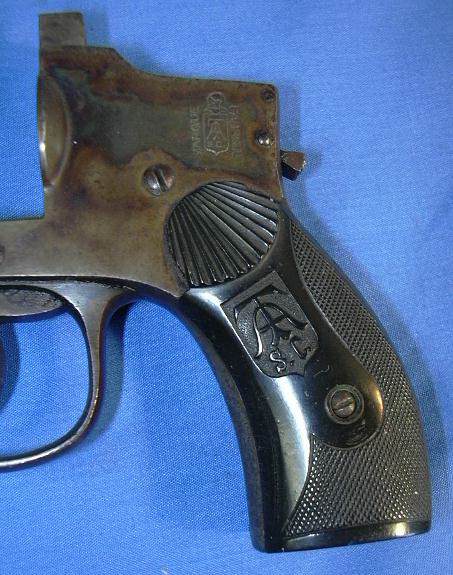
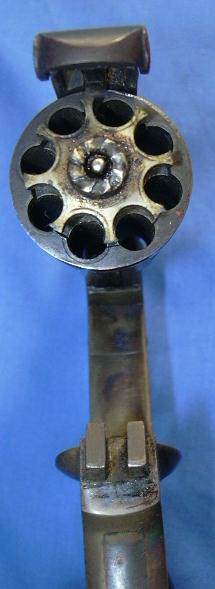
Another of the same kind
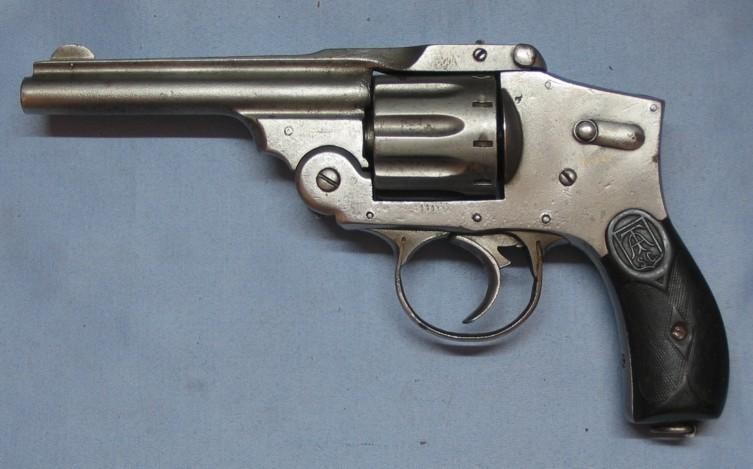
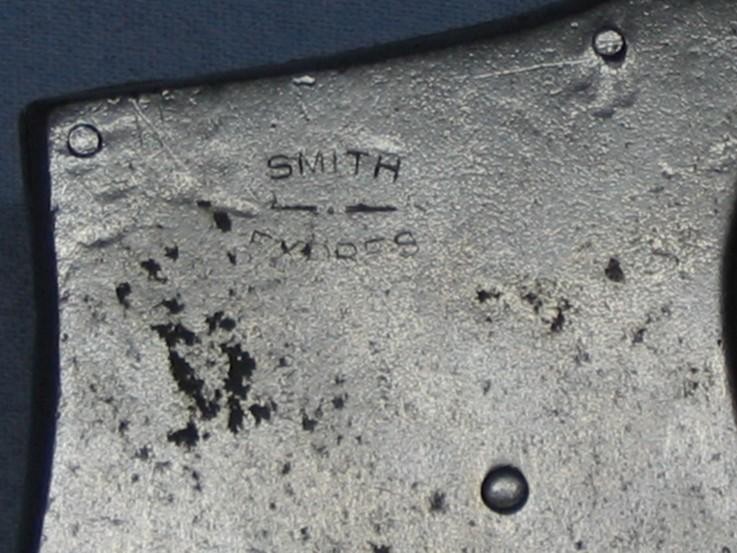
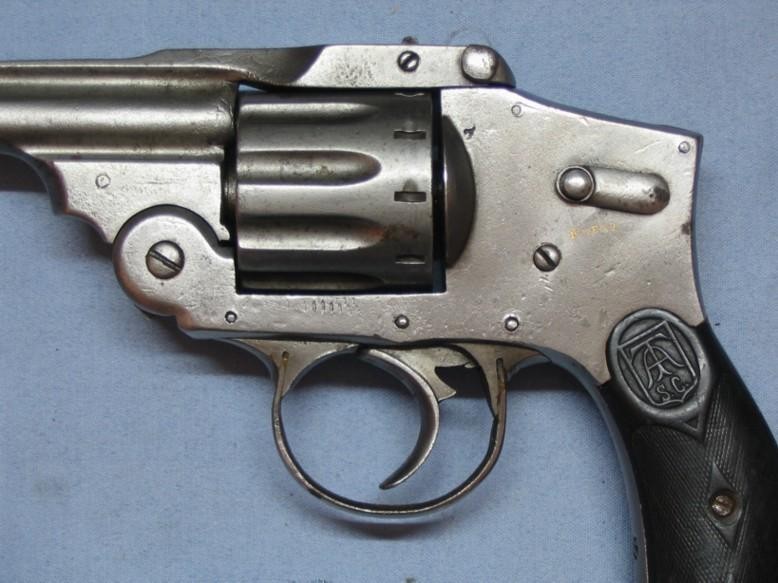
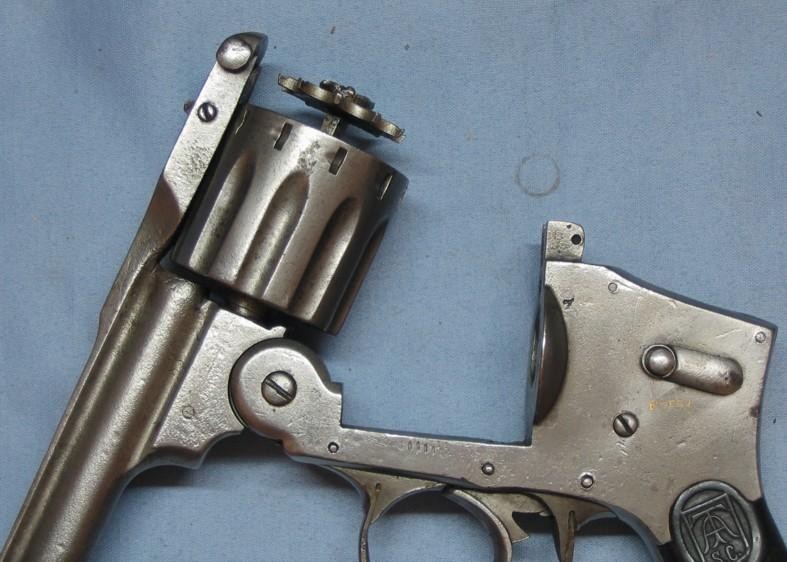
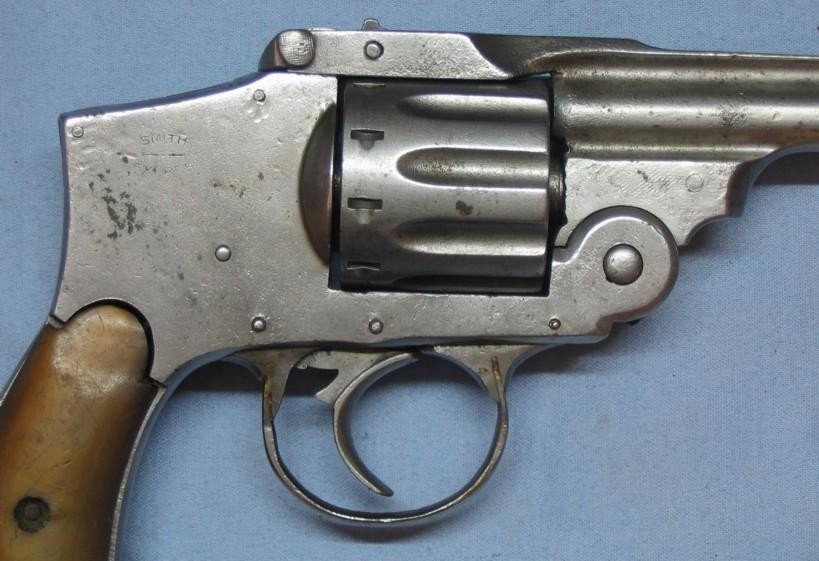
Trocaola, Aranzabal y Compañía
It is about a shotgun manufactured by the Company “Trocaola, Aranzabal y Compañía” between 1920 and 1937. (T.A.)
The brothers Hilario and Jose Antonio Aranzabal founded in Eibar in the years 1883 a workshop of arms manufacturer where they were specialized in the copies of Russian revolvers which were lawful in Spain since 1884 up to 1906.
At the same time, Venancio Trocaola, also having a factory in Eibar, was devoted to manufacture shotguns of the Lefaucheux system.
In 1914, with the beginning of the First World War, the two factories were plain by forming Trocaola, Aranzabal, y Compañía with an aim of equipping the French Army with revolver Smiths & Wesson army and police force Cal. 38.
At the end of the war, they continued to manufacture, while being devoted almost exclusively to the manufacture of weapons of hunting.
In 1936 they equipped with weapons the legal army of the Spanish Republic, but in 1937, the town of Eibar fell between the hands from the troops from Franco and machines was destroyed.
The factory Tomás Roote forever existed; it was surely a trap to mislead Spanish Finances fiscally.
Jesús Madriñán (Santiago de Compostela, España)
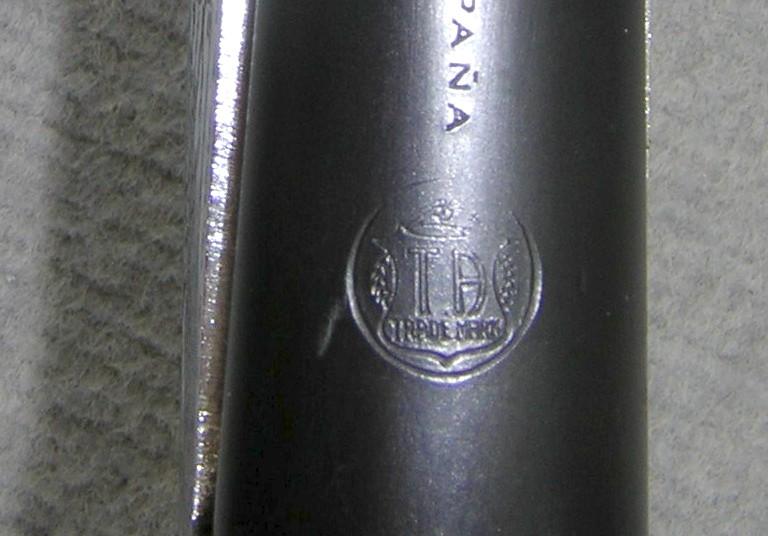
Trocaola, Aranzabal y Cia
Here is a very unusual revolver, it has no proof marks as such, but has some lettering in Spanish - on the safety is says FUEG0, and beneath the SMITH EXPRESS I can just make out the start of the letters, FABRICA ARQU______ the rest of the name of the manufacturer is undecipherable. This may be chambered for the 7.5mm Nagant revolver cartridge, a 32 Long Colt fits with just a bit of slop. A gunsmith in Uruguay suggested it was perhaps manufactured in Spain during the Civil War, many guns from that war went to Uruguay, especially with the last Anarchists and Republicans to leave Barcelona (many then took refuge in Uruguay). Since Russia was providing some of the ammunition and arms for the Republican side it would make sense to manufacture an arm that used the Nagant cartridge.
here is some info on the revolver:
Serial #4 (or inspection mark)
Barrel 4 3/4 inches, overall length 9 1/2 inches
On cylinder, frame, trigger, etc., marked #4
On cylinder: Y
10-shot cylinder
Richard
The "Smith Express" is one of the numerous Spanish copies of the S&W, this time called "safe" because of the concealed hammer. The maker is Trocaola, Aranzabal y Cia at Eibar, Spain (seee the TAC logo in the cartouche on top of the grip plate).
Normal calibers should be .32 or .38, but other calibers may exist.
Marcel
